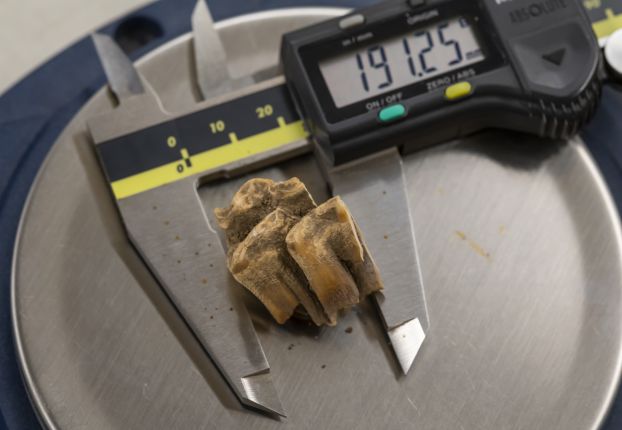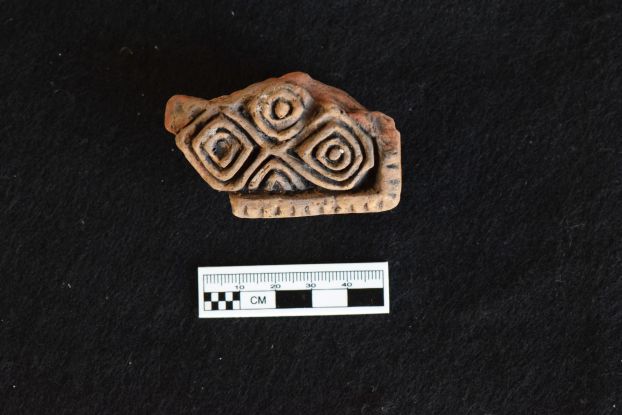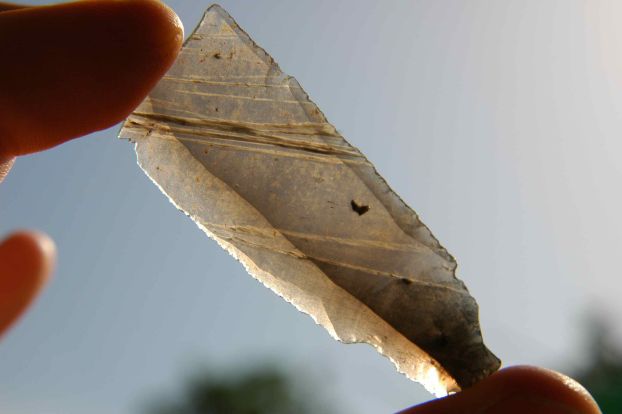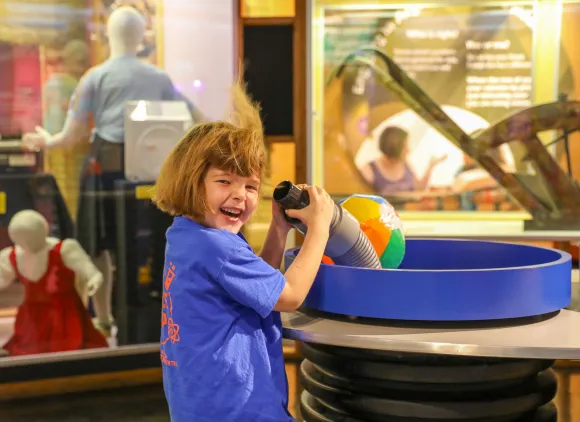This collection of lessons and web resources is aimed at classroom teachers, their students and students' families.
 On this page
On this page
Lessons and activities
Utah Education Network
For educators (grades K–12)
This page includes lesson plans in a variety of subjects, including social studies and world languages.
I Like That!
For educators (grads 5–9)
This free, easy-to-use lesson covers how perception, emotion and cognition shape our choices.
Teaching Climate and Energy
For educators (grades 6–12)
Brought to you by the NSF-supported Climate Literacy and Energy Awareness Network, this site provides teaching materials and other resources in English and Spanish on topics relating to climate and energy, including food systems, human health and community resilience.
Whyville
For students (grades 2–10)
Whyville is an online virtual world where kids play games, solve puzzles and engage in various activities. They can also run businesses and collaborate while being part of a safe and monitored environment.
Videos
What is Linguistics?
John Rickford, professor of linguistics and the humanities at Stanford University, answers this question on this edition of NSF's "Ask a Scientist."
What is the Relationship Between Gesture, Language and Learning in Infants?
Makeba Wilbourn, associate professor of the practice of psychology and neuroscience at Duke University, answers this question on this edition of NSF's "Ask a Scientist."
Images

Credit: Jeff Gage/FLMNH

Credit: Photo courtesy of the Proyecto Costa Escondida

Credit: Photo courtesy of the Proyecto Costa Escondida

